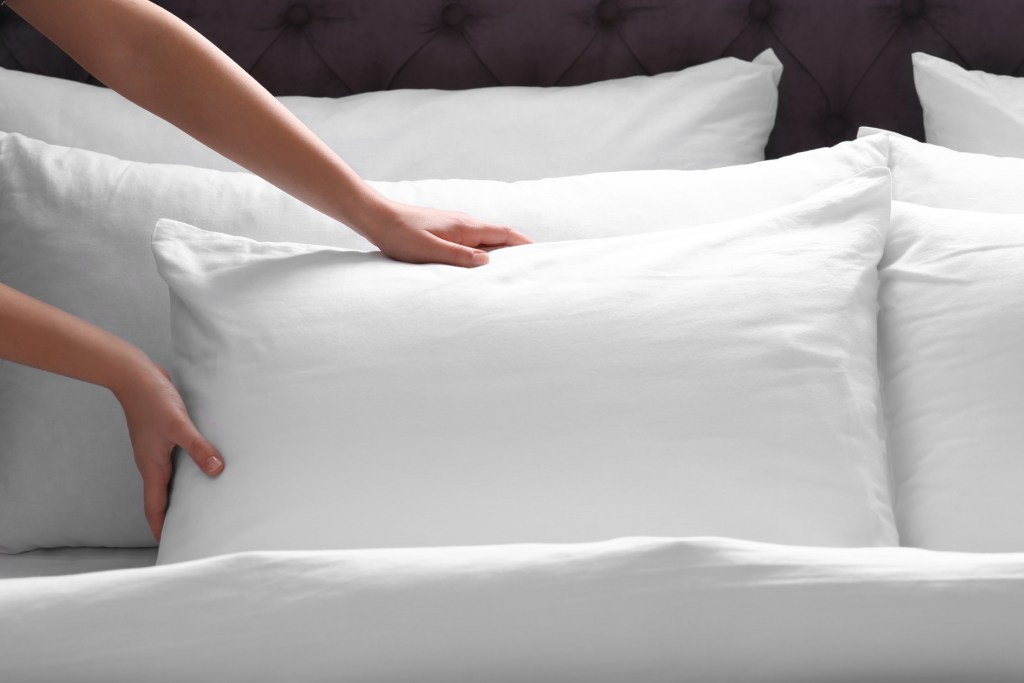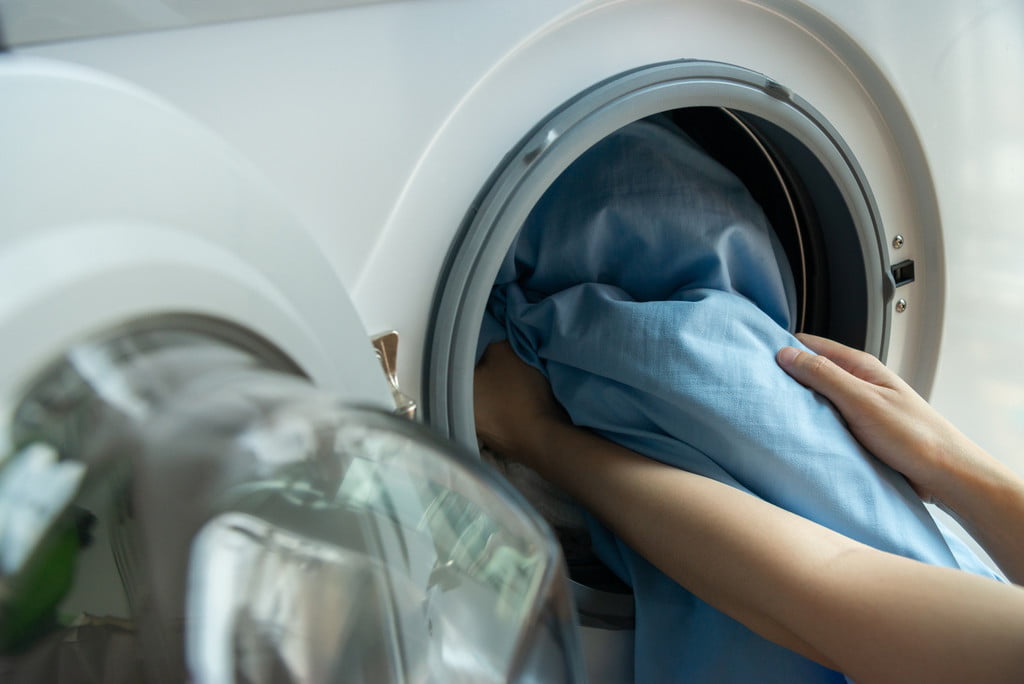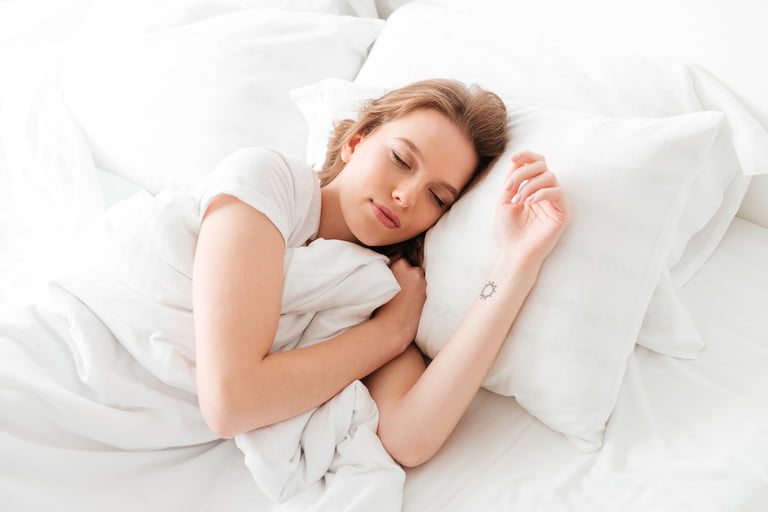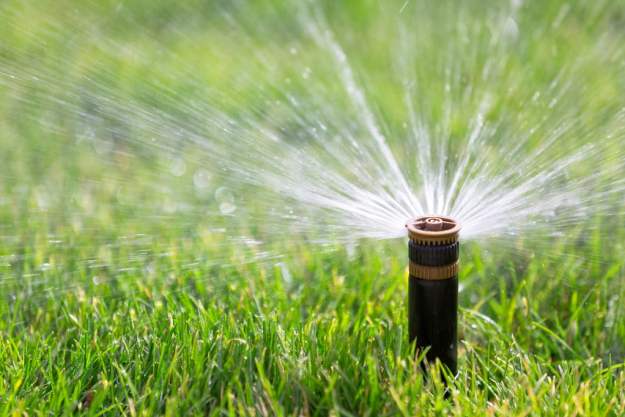Experts suggest that in order to keep pillows clean, fluffy, and fresh, you have to wash them twice a year. When it comes to cleaning your mattresses, you have to do the chore at least once every six months. When it comes to laundering your sheets, an average of once every week is recommended. But when it comes to pillowcases, it’s a different story.
You’ve probably become used to washing your sheets quite regularly because your body needs something soft and pristine to lie on. Do you clean your pillowcases just as often? Do you just throw them in the washer with your sheets, or do you have separate criteria for your pillowcases? Let’s take a few moments to consider how pillowcases are different, and the ways in which they’re deserving of a slightly more frequent cleaning regimen.

Why our pillowcases need special attention
The bodies we live in get dirty throughout the day. We then eventually get tired, go home, and recline onto our beds. We let our skin meet our sheets, with our faces on our pillows, every night for several hours. And while we may wash our faces and hands and brush our teeth (or even shower) before heading off to bed, we’re still leaving behind a certain amount of body oil and dead skin cells combined with dust mites, allergens of various types, and more, when we awaken and step out of bed every morning.
Not keeping up on decent pillowcase hygiene can mean those oils and allergens lead to clogged pores, skin irritations, acne, dirty hair, and other problems — whether we wash our faces before bed or not. Plus, after meticulously following strict beauty routines both morning and night, why let all that work go to waste by keeping a dirty pillowcase against our freshly cleaned faces all night long? Let’s find out the best way to keep our pillowcases clean instead.

How to keep your pillowcases clean
First of all, bed sheets should be washed either weekly or biweekly. We recommend weekly unless maybe you shower before bed each night, in which case you could probably get away with washing them every two weeks. Pillowcases, on the other hand, should be washed every few days — some suggest every two or three days — just like you should be washing anything that touches your face that frequently (think makeup brushes).
Step 1: Check care instructions.
Be sure to check the care instructions on your pillowcases before washing. Different fabrics need different care, and we encourage you to use your pillowcases’ care instructions over ours if they differ in any way — just make sure you do it as often as possible, or switch the pillowcases out.
Step 2: Switch to silk if possible.
Silk is preferable as a pillowcase fabric as it doesn’t hold onto dirt and oil the way cotton does. (Silk is also good for the skin and hair for other reasons).
Step 3: Wash them by hand if you can.
You can keep your delicate pillowcases lasting longer if you wash them by hand. This is the best way to wash silk pillowcases especially, using a non-alkaline detergent or baby shampoo. The vinegar fabric softener suggested below works well for silk too.
Step 4: Use a fragrance-free detergent and skip the fabric softener.
Use a fragrance-free detergent on your pillowcases if possible, and please don’t use fabric softener at all if it can be avoided — especially do not use dryer sheets of any kind. Want softer sheets? Add 1/4 cup white vinegar to the rinse cycle of your wash, and voila! Your wash will be soft without the slightest scent of vinegar or anything else.
Step 5: Apply stain remover before washing.
Even the most fastidious face-washers can miss a bit of lipstick or eye makeup from time to time, which surely ends up on your pillowcase. If you’ve got a tablespoon or two of lemon juice or some more of that white vinegar we mentioned on hand, mix that into a light paste with baking soda (it’ll fizz) or salt and lukewarm water. Then gently apply to the stains on both sides, let sit for a few minutes, and rinse with cool water.
Step 6: If you can’t wash them by hand, use a mesh laundry bag.
This kind of bag keeps your delicates safe from the agitation of the washing machine, heavy zippers and buttons, and any other potentially damaging components of the larger wash.
Step 7: Wash inside out.
Anything delicate on the outside should be washed inside out to preserve its outer surface.
Step 8: Choose the gentle setting.
Keeping your pillowcases in premium condition involves babying them every chance you get. Opt for the gentlest cycle your machine offers if you can’t wash by hand. This gives your pillowcases the best shot at longevity.
Step 9: Air dry if possible.
If you’ve got the space to air dry your pillowcases (or your whole wash) outside, the smell of freshly air-dried laundry is a treasure unknown to many. However, air-drying them indoors works fine as well. Just try to keep them out of direct sunlight if you can, as it can have a bleaching effect.

How do you whiten a pillowcase?
Let’s face it. The more we use our pillows and pillowcases, the likelier they are to fade or start to yellow (especially if they are white). Before you decide to replace them with a brand-new set, you might want to consider giving your pillows and pillowcases a deep clean to whiten and brighten them, bringing back some of their original gleam.
Vinegar and baking soda are the secret ingredients for achieving a nice bright white look on your pillowcases.
Step 1: First, you’ll want to soak your pillowcases in some warm water.
As they soak, add a 1/2 cup of white vinegar and a 1/2 cup of baking soda to your washing machine. Allow the pillowcases to soak for about 30 minutes before adding them to the washing machine.
Step 2: Wash as instructed on the fabric labels.
For most washing machines, this combination is safe and effective. But if you’re worried, you can always soak your pillowcases in the vinegar/baking soda solution for an hour before adding them to the wash.
Once your pillowcases have dried, you’ll notice they are whiter and brighter, practically as new as the day you bought them.
Now that we’ve learned how to wash our pillowcases, we can be sure to avoid the problems related to dirty skin and hair and enjoy freshly cleaned fabrics against our facial skin at night. Be sure to return soon for more inspiration, updates, and other sleep-related articles on our sleep hub. Find the best pillows to shop and more.
Editors' Recommendations
- Get rid of gross washing machine smells with these simple tips
- How much does it cost to install an EV adapter in your garage?
- The pros and cons of polished concrete floors you should know
- What colors go with purple? 9 captivating shades for your home
- Is regrouting your bathroom a wise choice? Here’s what to consider




